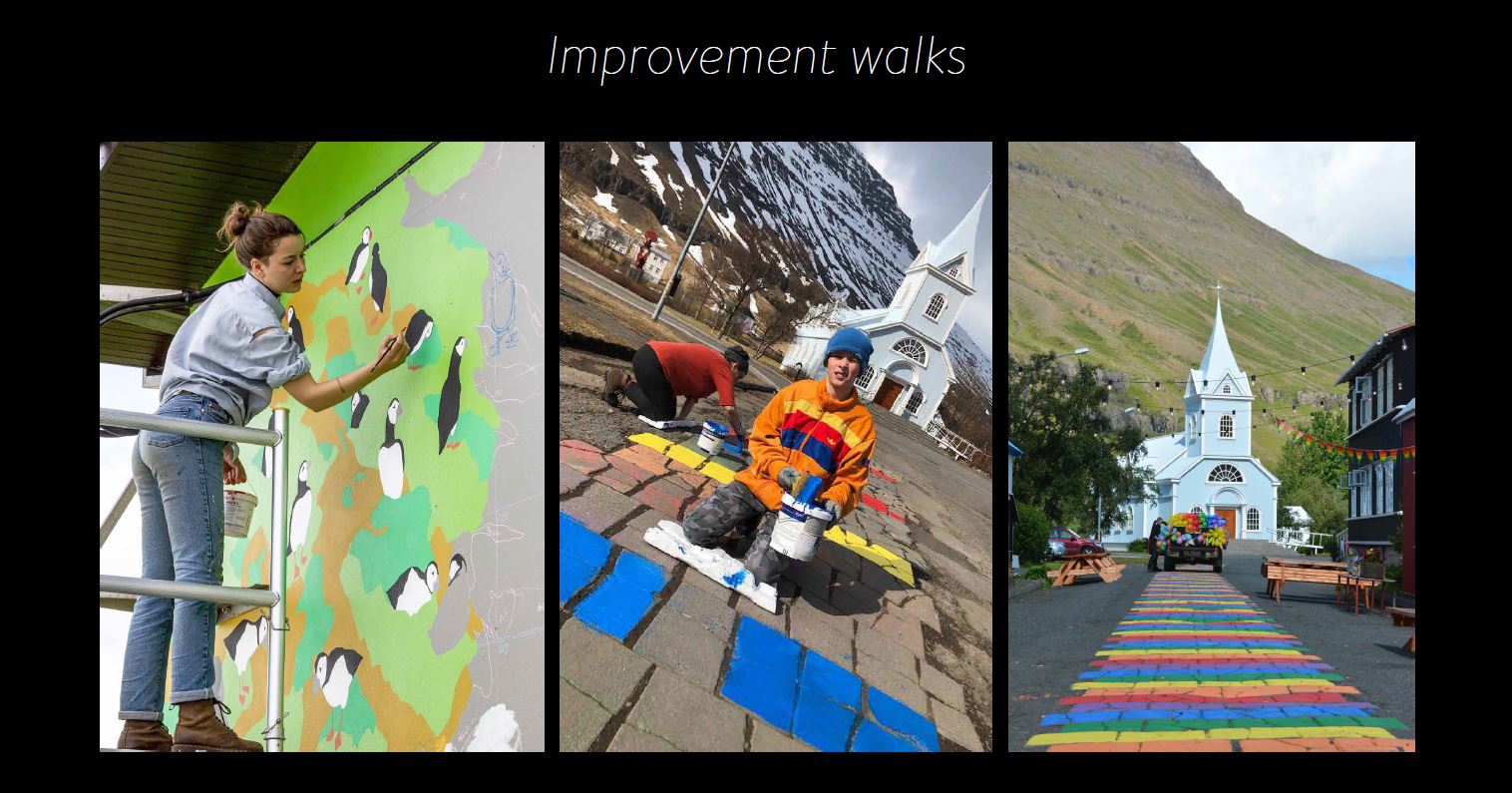
Why should Smart Tourism Destinations invest in IoT solutions – or should they?
In recent years, the tourism industry has embraced the idea of Smart Tourism Destinations, emerging from the concept of Smart Cities. In both, the beating heart is the marketing word ‘smart’, representing all things that can be embedded or enhanced by technology¹. In fact, technologies such as cloud computing and the Internet of Things (IoT), […]

How to benefit influencer marketing in destination branding
How can DMO’s benefit influencer marketing in destination branding? How have the DMO’s used influencers in their branding strategy so far? In recent years, the rapidly growing use of influencer marketing has caught the attention of researchers and marketers alike. Influencer marketing has also opportunities for the tourism industry, of which destination branding is explored […]

Digital Tourism Think Tank 2019 – Day 1
#DTTT 2019 What did I learn? I had a great possibility to participate in Digital Tourism Think Tank Global 2019 on 4rd and 5th of December, which this year took place in Espoo. DTTT Global is, in my opinion, one of the most interesting conferences as it gathers a bunch of tourism DMO’s and […]
The Most Common Problem in Destination Marketing in the World
World’s Most Common Problem in Destination Marketing What is the difference between successful and non-successful destinations from the destination marketing perspective? In this post, I want to understand the details behind successful destination marketing. What is the one key thing to gain competitive advantage in destination marketing? When we start to think about the exact […]